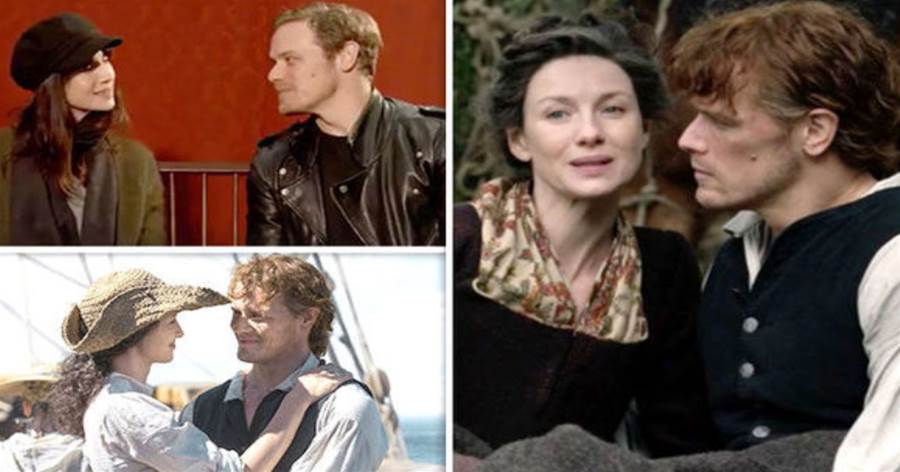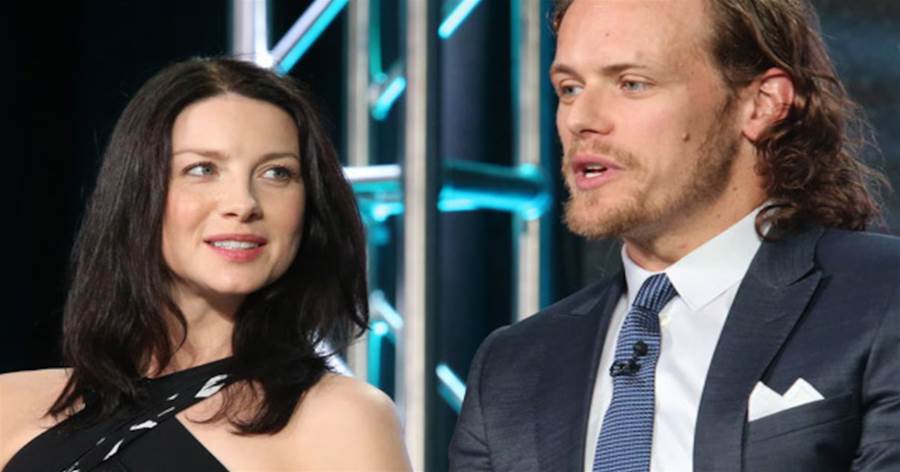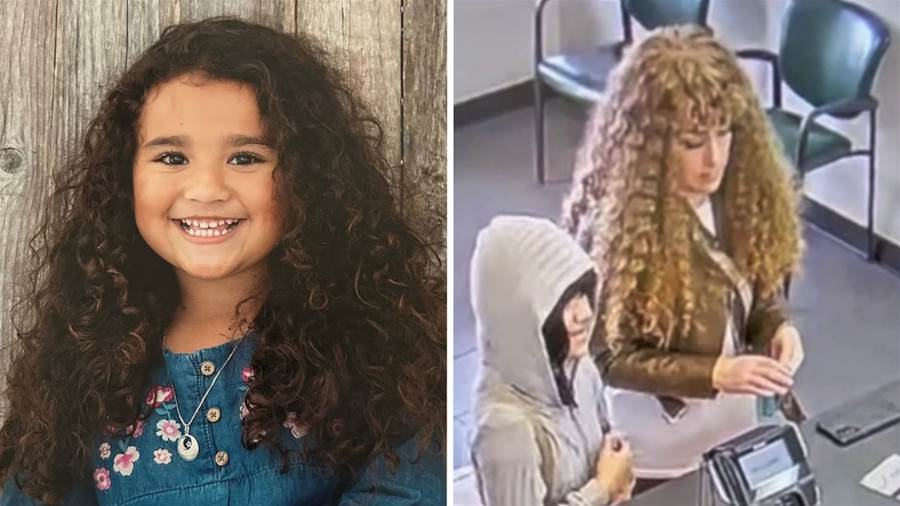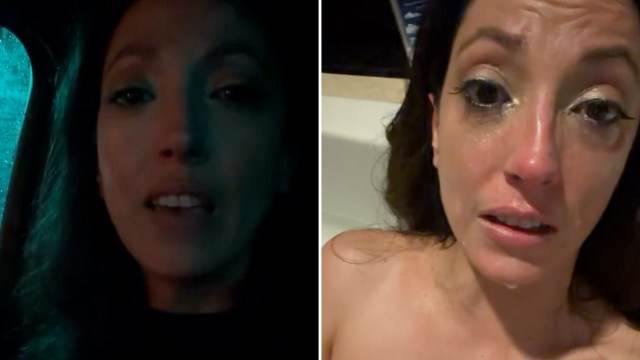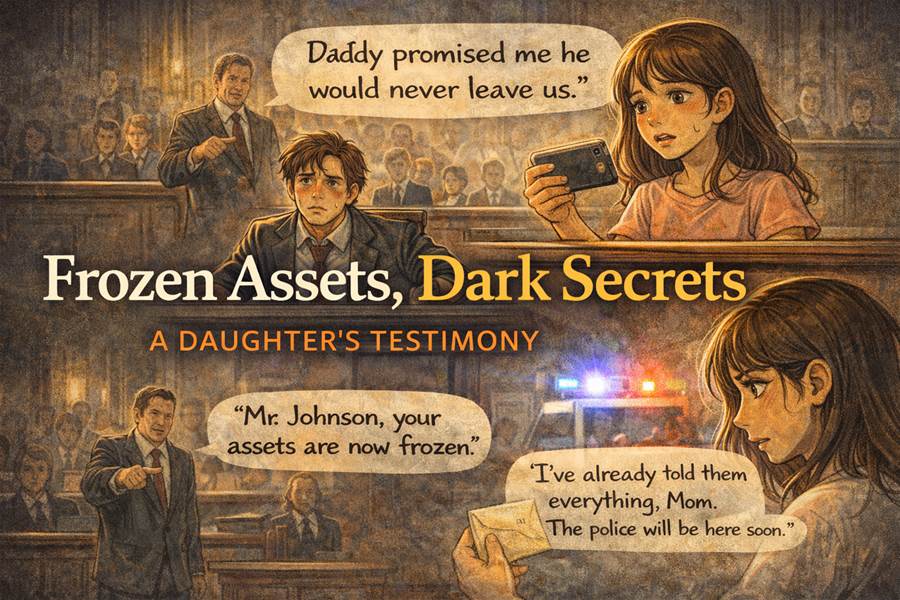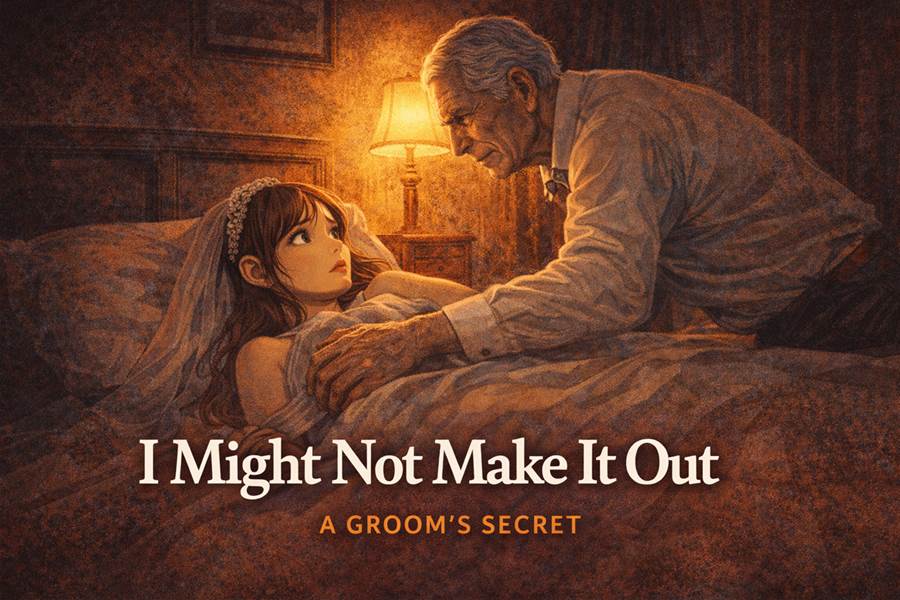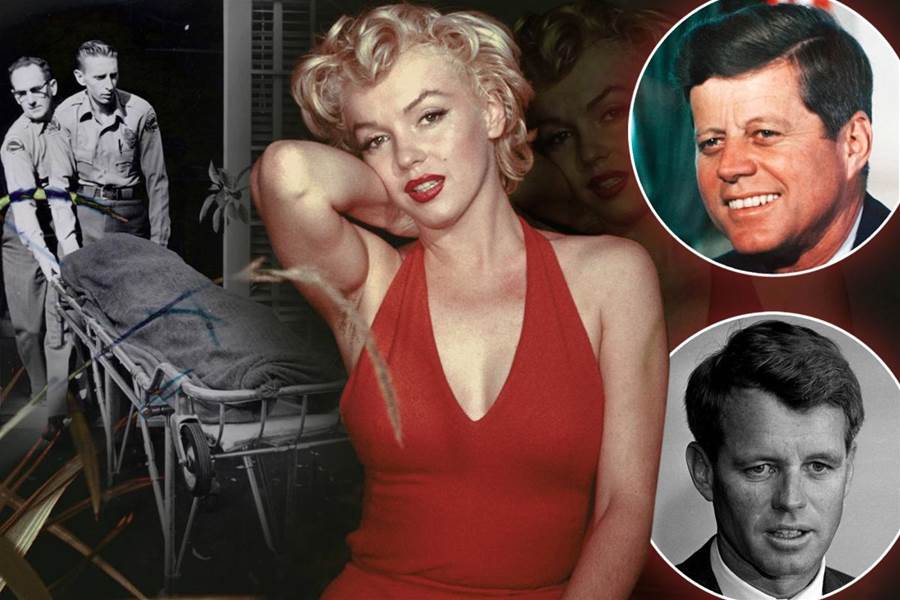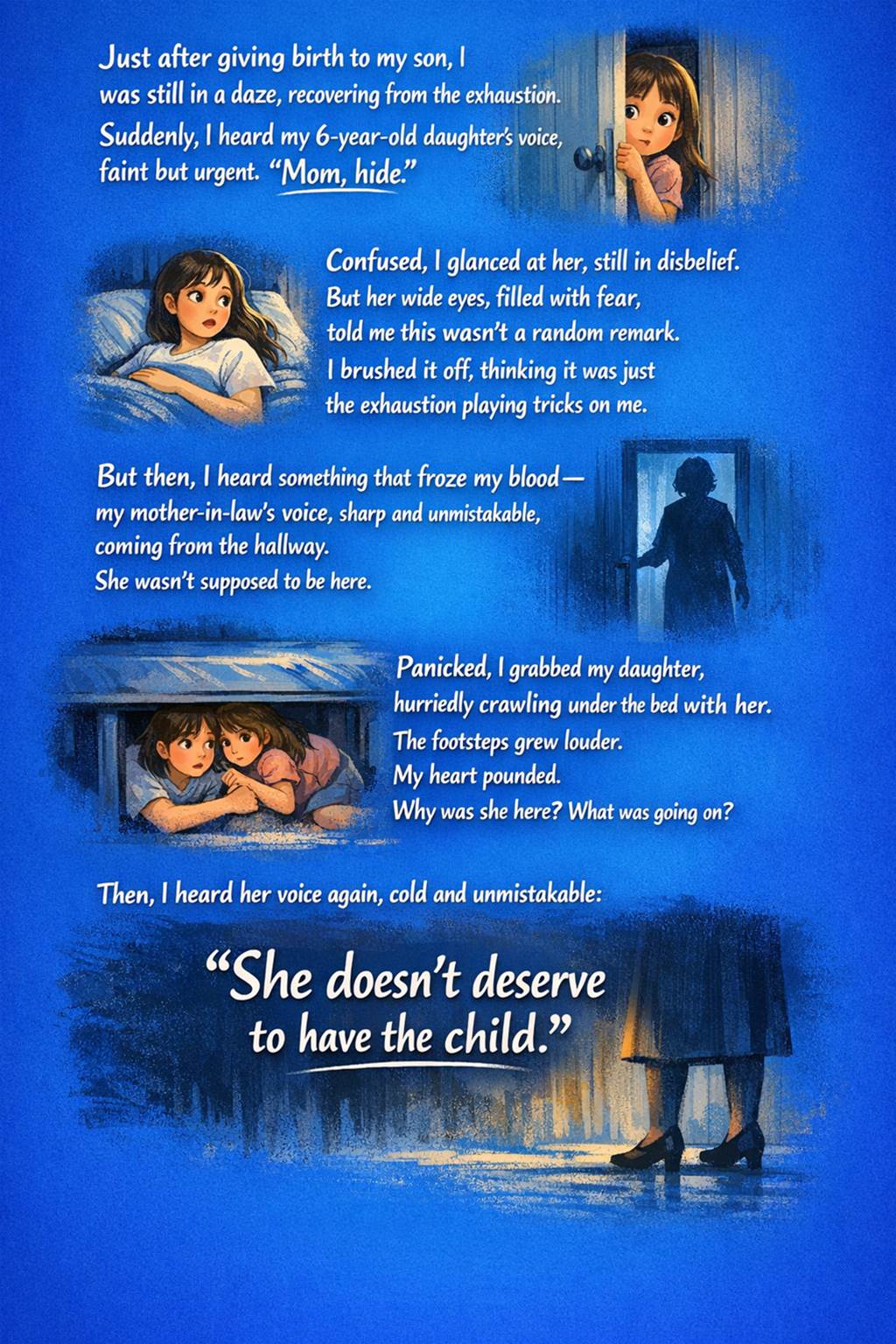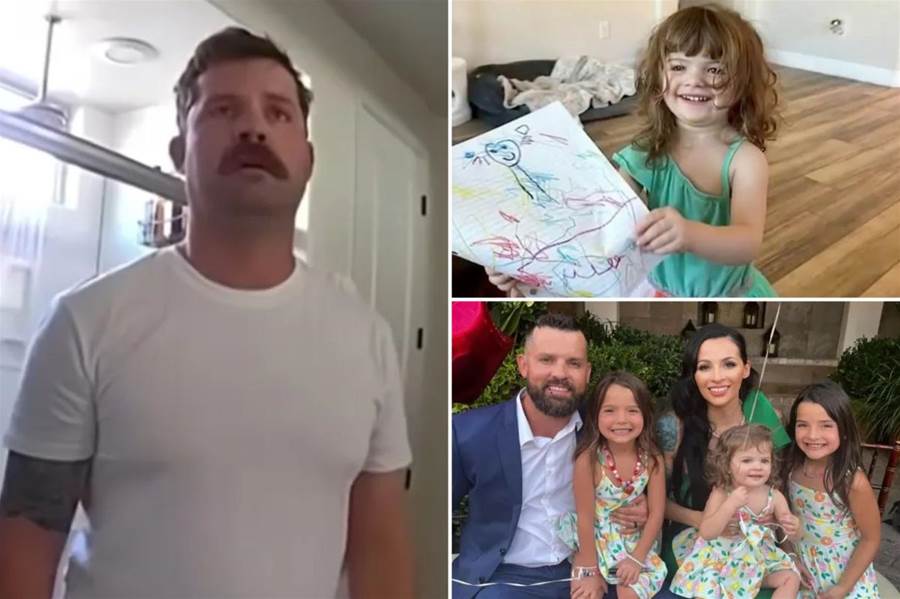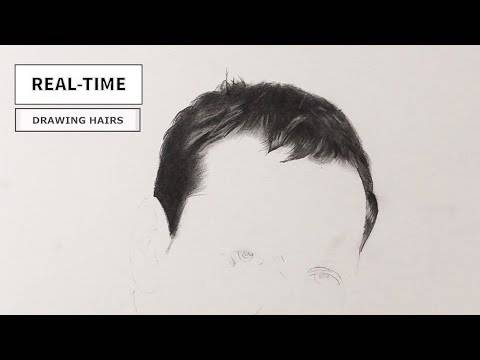
Drawing hair can be a daunting task for many artists. Achieving realistic and detailed hair can elevate the quality of a portrait or any drawing that involves the depiction of hair. This article explores the step-by-step process of drawing hair using a pencil in real-time.
To start, it is important to have a clear understanding of hair anatomy. Hair consists of individual strands that grow in different directions and have varying thicknesses. The key to drawing realistic hair is to capture these characteristics accurately.
The article is not finished. Click on the next page to continue.
The article is not finished. Click on the next page to continue.
Next page